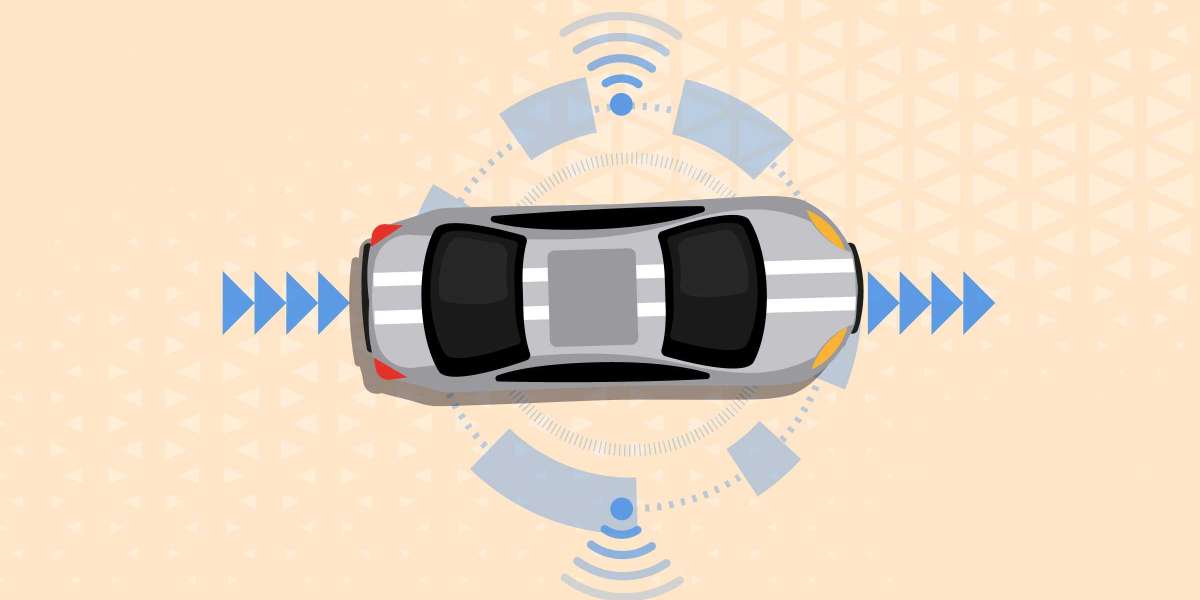With the rapid advancements in technology, the integration of Augmented Reality (AR) in automobiles has brought about numerous benefits, enhancing the overall driving experience for users. One of the key advantages of using AR technology in cars is the provision of real-time navigation guidance, allowing drivers to receive visual cues and directions directly on the windshield. This feature significantly reduces the need for drivers to look away from the road, thereby increasing safety and convenience while traveling to new or unfamiliar destinations.
Additionally, AR technology enhances situational awareness by overlaying useful information such as speed, traffic conditions, and nearby points of interest onto the driver's field of view. By presenting this data in a visually intuitive manner, AR systems aid in decision-making on the road, ultimately contributing to smoother and more efficient driving experiences. This real-time augmentation of data helps drivers stay informed and focused, leading to a more enjoyable and stress-free journey.
How AR is revolutionizing the driving experience
Augmented Reality (AR) is reshaping the driving experience by providing real-time information and enhancing the interaction between drivers and their vehicles. This technology overlays digital content onto the physical environment, allowing drivers to access navigation cues, traffic updates, and other essential information without diverting their attention from the road. By displaying data directly in the driver's line of sight, AR minimizes distractions and promotes safer driving practices.
One of the key ways in which AR is revolutionizing the driving experience is through enhancing situational awareness. By utilizing augmented displays, drivers can receive crucial details about their surroundings, such as the presence of pedestrians, road signs, and upcoming hazards. This real-time information empowers drivers to make informed decisions on the road, ultimately leading to improved safety and a more seamless driving experience.
The impact of AR on road safety
Augmented Reality (AR) technology is significantly impacting road safety by providing drivers with real-time information and guidance. By overlaying digital information onto the physical environment, AR enables drivers to receive important alerts, navigation instructions, and visual cues without having to take their eyes off the road. This immediate access to relevant data helps in enhancing situational awareness and reducing the risk of distractions while driving.
Moreover, AR contributes to minimizing blind spots and enhancing visibility on the road. For instance, AR-powered heads-up displays can project key information, such as speed limits, upcoming turns, and potential hazards directly onto the windshield. This feature assists drivers in maintaining focus on the road ahead while being consistently informed of important details, ultimately improving their decision-making ability and overall safety on the road.
Innovative features of AR in automobiles
Augmented Reality automobiles offer a range of innovative features that enhance the driving experience. One such feature is the AR navigation system, which projects real-time information onto the windshield, making it easier for drivers to follow directions without taking their eyes off the road. This feature provides visual cues such as arrows and street names, aiding in seamless navigation and reducing the risk of distractions while driving.
Another remarkable feature of AR in cars is the augmented parking assistance. This system uses sensors and cameras to create a 360-degree view of the vehicle, helping drivers maneuver into tight parking spaces with precision. The AR display highlights obstacles in the vicinity, enabling drivers to park safely and efficiently. This feature not only simplifies parking in congested areas but also contributes to reducing the number of parking-related accidents.
Future trends in AR integration in vehicles
One of the future trends in AR integration in vehicles is the advancement of augmented reality navigation systems. These systems will provide real-time traffic updates, adaptive route guidance, and enhanced visualization of navigation maps directly within the driver's line of sight, making it easier for them to stay on course and reach their destination efficiently. Additionally, incorporating AR technology into navigation systems will offer a more intuitive and immersive driving experience, ultimately improving overall journey planning and execution.
Another significant trend on the horizon is the integration of AR in heads-up displays (HUDs) within vehicles. By overlaying relevant driving information such as speed, navigation instructions, and potential hazards onto the windshield, drivers can maintain focus on the road ahead while accessing crucial details at a glance. This approach not only enhances driver safety by minimizing distractions but also elevates the driving experience by seamlessly integrating vital data into the driver's field of view. As technology continues to evolve, we can expect further innovations in AR integration that will transform the way we interact with our vehicles on a daily basis.
Challenges faced in implementing AR in cars
The implementation of augmented reality (AR) technology in cars has been met with certain challenges that have hindered its seamless integration into vehicles. One key challenge is the complexity of developing AR systems that can accurately overlay digital information onto the real world without causing distractions or confusion for the driver. This requires sophisticated sensors, cameras, and processing power to ensure that the AR display is both informative and non-intrusive.
Moreover, there are concerns regarding the cost of implementing AR technology in cars, as the sophisticated hardware and software needed for AR systems can be expensive. This cost factor poses a challenge for automakers looking to mass-produce vehicles equipped with AR features, as they must strike a balance between offering cutting-edge technology and keeping the final price of the vehicle within reach of consumers. Additionally, ensuring the robustness and reliability of AR systems in varying driving conditions and environments further adds to the complexities faced in integrating AR technology into cars.
FAQ
What are some of the common challenges faced in implementing AR technology in cars?
Some of the challenges include potential distractions to drivers, technical limitations in terms of hardware and software integration, and concerns about data privacy and security.
How can automakers address the challenges of implementing AR in cars?
Automakers can address these challenges by conducting thorough testing and validation of AR systems to ensure they enhance rather than detract from the driving experience, collaborating with technology partners to develop robust solutions, and implementing strict privacy and security measures to protect user data.



